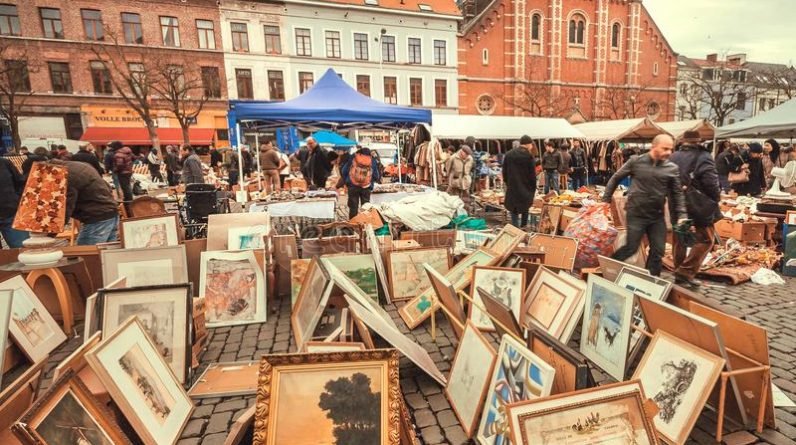
If you have ever wondered what happens to stolen art, you're not alone. The FBI says that art crime is a multi-billion dollar illicit business. While the vast majority of art theft occurs in smaller amounts, a recent example is the theft of a Van Gogh painting from a museum in the Netherlands. The painting has a legit market value of $6 million, so it should be in a museum somewhere, but unfortunately, it isn't. The question of what happens to stolen artwork should be on your mind.
Unfortunately, not all art thefts end in a happy ending. The most well-publicised paintings and sculptures are often held for ransom, but there are many other crimes involved as well. Most stolen art is never recovered, and in some cases the pieces are burned or sold. The Gardner Museum in Boston was the scene of the 1990s Vermeer, Manet, and Rembrandt thefts. Since the paintings are so valuable, the thieves often leave them there.
Although the police will often recover stolen art, it can be difficult to track down the pieces. A notorious stolen painting, for example, can go missing years later. The thief may have become so scared that he threw it into a garbage can. Authorities were able to locate the painting but it was too late – the thief had already emptied the garbage can and disappeared before the museum could return it.

Who Buys Stolen Art?
Many people may not be aware that people can buy stolen art. It is not an easy task to determine if a piece is stolen. Fortunately, it is not hard to determine whether it is a work of art, as long as it has provenance and legal title. If you are unsure, you can always link to the Artwork Archive Public Page to find out. However, if the artwork is stolen, you should be extra cautious to avoid the purchase.
Generally, art crime does not pay. Even if a famous painting is stolen, it is unlikely to be sold on the black market. The price of a stolen painting on the black market is typically seven to ten percent of its original value. Buying stolen art is akin to purchasing an item that was stolen for a fraction of its real worth. In addition to getting a fraction of its true value, the buyer also acquires the original owner's desire to reclaim the art.
The original owners and insurers are often not aware of the value of stolen art. But the black market is a good place to buy stolen works of art. Usually, thieves sell these items for 7% to ten percent of its original value. This means that buying stolen art is like buying an item that was stolen at a lower price. Furthermore, it gives the buyer the desire of the original owner to recover their stolen artwork.







